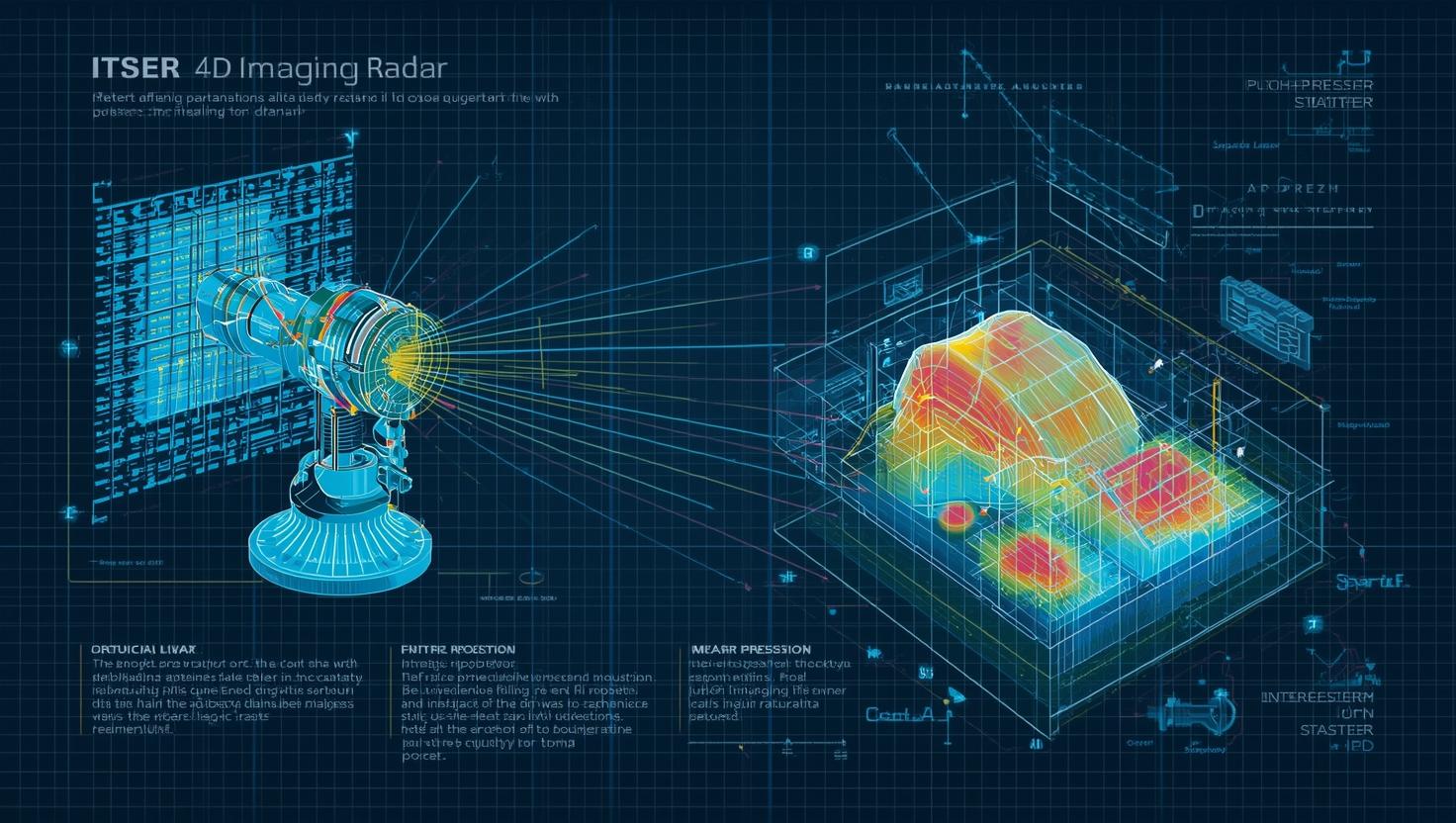In the rapidly evolving landscape of consumer electronics, innovation is the heartbeat that drives the industry forward. Among the groundbreaking technologies emerging today, next-generation 4D imaging radar is positioned to revolutionize how devices interact with users and their environments, offering unprecedented precision and capabilities.
What is 4D Imaging Radar?
4D imaging radar expands on traditional radar technologies by capturing not only three-dimensional spatial data but also the fourth dimension—time or velocity. This allows devices to perceive not just the position of objects, but also their speed and direction in real-time. Such detailed sensing capability unlocks new levels of environmental awareness, surpassing the limits of conventional sensors like cameras and LiDAR.
Transforming Consumer Electronics
The integration of 4D imaging radar into consumer electronics holds immense promise across a variety of applications:
-
Smartphones and Wearables: Imagine smartphones equipped with 4D radar sensors that can detect subtle hand gestures or monitor vital signs like heartbeat and respiration without physical contact. This could lead to more intuitive user interfaces and enhanced health monitoring features.
-
Home Automation and Security: Smart home devices can leverage 4D radar for improved motion detection and presence sensing, enabling more responsive lighting, climate control, and security systems that accurately differentiate between residents, pets, and intruders.
-
Augmented and Virtual Reality: 4D imaging radar can enhance AR and VR experiences by providing precise spatial mapping and tracking of user movements, leading to more immersive and interactive environments.
-
Robotics and Drones: Enhanced perception capabilities allow robots and drones to navigate complex environments more safely and efficiently, improving their utility in domestic, commercial, and entertainment applications.
Download PDF Brochure @ https://www.marketsandmarkets.com/pdfdownloadNew.asp?id=226035909

Advantages Over Existing Technologies
Unlike cameras, 4D imaging radar performs reliably in various lighting and weather conditions, including darkness, fog, and dust. Unlike LiDAR, it tends to be less costly and consumes less power, making it ideal for integration into compact, battery-powered consumer devices.
Market Outlook and Innovation Drivers
The surge in demand for smarter, more responsive devices is driving rapid development and adoption of 4D imaging radar. Major consumer electronics manufacturers are investing heavily in research and development to incorporate this technology into their next product generations. Coupled with advancements in semiconductor design and AI-driven data processing, the market for 4D imaging radar-enabled devices is projected to grow exponentially in the coming years.
Challenges Ahead
Despite its potential, the widespread adoption of 4D imaging radar faces challenges such as standardization, integration complexity, and ensuring user privacy. Addressing these concerns will be critical to unlocking the full benefits of this transformative technology.
Next-generation 4D imaging radar stands at the forefront of a new era in consumer electronics, poised to deliver smarter, safer, and more interactive devices. As the technology matures and becomes more accessible, it will reshape user experiences and open up exciting possibilities across a broad spectrum of consumer applications.
Top 4D Imaging Radar Companies Driving Market Growth 2025 To 2030
Key companies operating in the 4D imaging radar market are Texas Instruments Incorporated (US), NXP Semiconductors (Netherlands), Infineon Technologies AG (Germany), Robert Bosch GmbH (Germany), Mobileye (Israel), Vayyar (Israel), Uhnder (US), Arbe (Israel), Thales (France), Continental AG (Germany), and Magna International Inc. (Canada), among others.
Frequently Asked Questions (FAQ) on 4D Imaging Radar Technology
Q1: What is 4D imaging radar?
A: 4D imaging radar is an advanced sensing technology that captures three-dimensional spatial data (length, width, height) along with the fourth dimension—time or velocity—allowing it to detect the position, speed, and direction of objects in real time.
Q2: How is 4D imaging radar different from traditional radar?
A: Traditional radar typically provides 2D or 3D data but lacks the velocity component. 4D imaging radar adds velocity tracking, enabling devices to understand how fast and in what direction objects are moving, enhancing accuracy and responsiveness.
Q3: What advantages does 4D imaging radar offer over cameras and LiDAR?
A: 4D imaging radar performs well in all lighting and weather conditions, including darkness, fog, and dust, where cameras and LiDAR may struggle. It’s also generally more cost-effective and energy-efficient, making it suitable for consumer electronics.
Q4: In which consumer electronics can 4D imaging radar be used?
A: Potential applications include smartphones, smartwatches, home automation devices, security systems, augmented reality (AR) and virtual reality (VR) headsets, and robotic devices such as drones and domestic robots.
